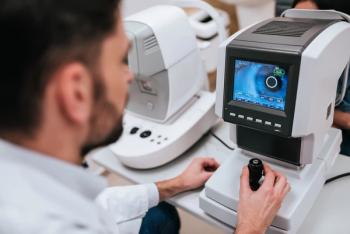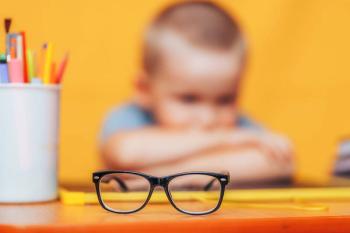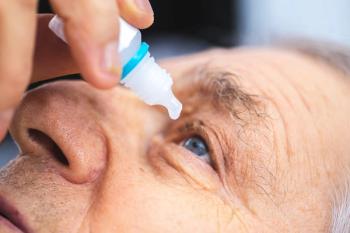
CRU 2025: A closeup of diagnostic approaches and examination tips for DED and OSD
Cecelia Koetting, OD, FAAO, DipABO, weighs in on patient assessments, staining pattern insights, and diagnostic tips for patients who may have dry eye disease.
During their CRU 2025 presentation "The ABCs of DED and OSD," Cecelia Koetting, OD, FAAO, DipABO, and Madeline Yung, MD, focused on ocular surface disease and dry eye diagnosis, emphasizing a comprehensive approach to patient evaluation. In an exclusive interview with Optometry Times, Koetting shared the following:
Diagnostic approach
- Thoroughly examine the entire eye system, including eyelids, lid closure, conjunctiva, and tear drainage system
Diagnostic techniques
- Use vital dyes, particularly fluorescein
- Analyze staining patterns carefully
- Look beyond traditional dyes like lissamine green or rose bengal
- Observe staining location and extent
Staining pattern insights
- Different staining patterns can reveal underlying issues: - Inferior staining might indicate sleeping with eyes open - metamucosa could result from preserved eye drops
Examination recommendations
- Conduct a detailed slit lamp examination
- Pay attention to patient conversation and visual cues
- Don't rush through the initial examination
Diagnostic significance
- Staining patterns help identify: - Specific dry eye causes - Potential treatment directions - Underlying eye health issues
Holistic patient assessment
- Look beyond technical measurements
- Engage in meaningful conversation
- Observe patient's overall eye health and symptoms
Koetting emphasizes the importance of a meticulous, patient-centered approach to diagnosing ocular surface disease, highlighting that careful observation and comprehensive examination are crucial for accurate diagnosis and effective treatment.
Newsletter
Want more insights like this? Subscribe to Optometry Times and get clinical pearls and practice tips delivered straight to your inbox.








































